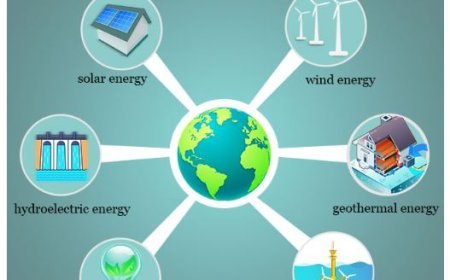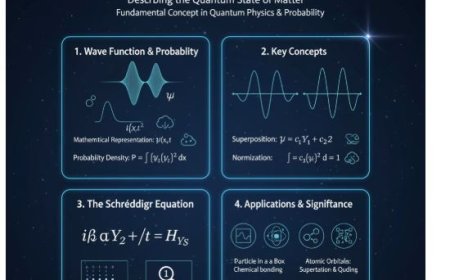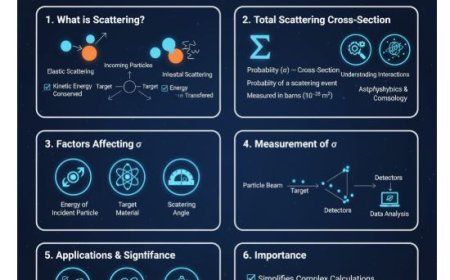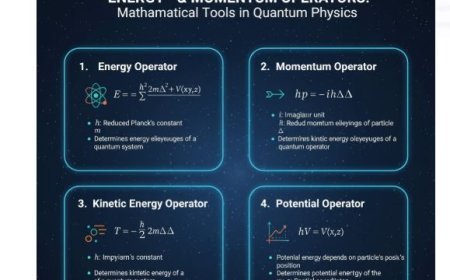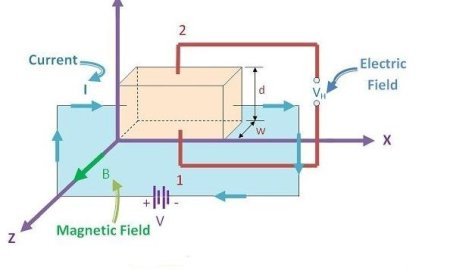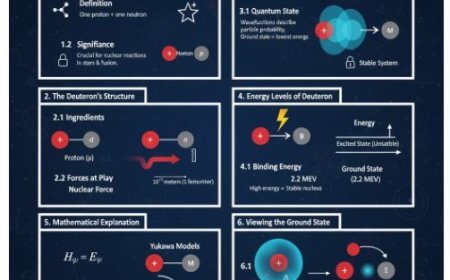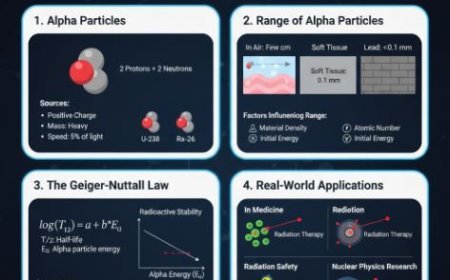Nuclear Fusion and Nuclear Reactors
Discover how nuclear fusion powers stars and could fuel the future of clean energy. Learn how fusion reactors work, their benefits, challenges, and why they may soon revolutionize sustainable power generation.
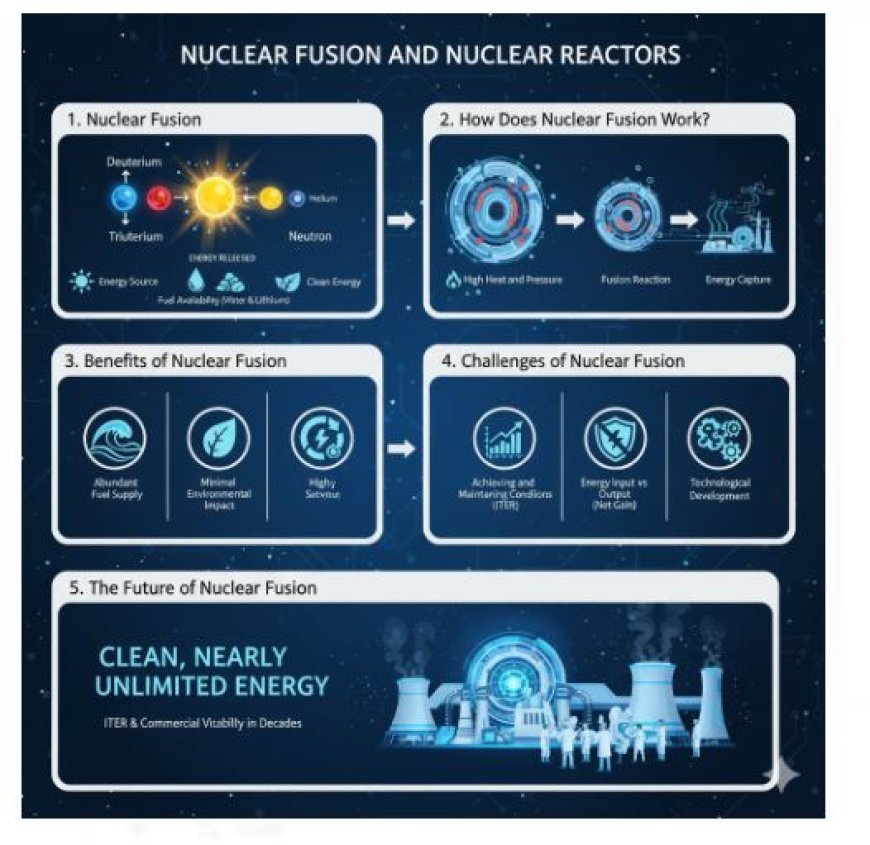
Nuclear Fusion and Nuclear Reactors
Nuclear fusion is a powerful process that could provide a nearly endless supply of clean energy.
1. Nuclear Fusion
Nuclear fusion occurs when two small atomic nuclei join together to form a larger one, releasing a significant amount of energy. This is the same process that powers the sun and other stars. The most common fusion reaction involves two types of hydrogen, deuterium and tritium, which combine to create helium and release energy.
1.1. Important Facts about Fusion
- Energy Source: Fusion generates large amounts of energy, far more than chemical reactions like burning fossil fuels.
- Fuel Availability: The fuels needed for fusion, such as deuterium, can be extracted from water, and tritium can be produced from lithium, making them easily accessible.
- Clean Energy: Fusion reactions produce much less radioactive waste compared to nuclear fission, which is currently used in nuclear power plants.
2. How Does Nuclear Fusion Work?
To understand how nuclear fusion occurs, let’s examine the process step by step:
2.1. High Heat and Pressure
For fusion to occur, atomic nuclei must be forced very close together to overcome the natural repulsion of their positive charges. This requires extremely high temperatures (millions of degrees) and pressures, similar to those found in the core of stars.
2.2. Plasma State
- At these high temperatures, matter exists in a plasma state, a hot, ionized gas consisting of free electrons and atomic nuclei.
- The high energy in plasma allows nuclei to collide with enough force to overcome their repulsion and fuse together.
2.3. Fusion Reaction
- When deuterium and tritium nuclei combine, they form a helium nucleus and release a neutron, along with a large amount of energy in the form of gamma rays.
2.4. Energy Capture
- The energy released from fusion can be harnessed to generate power.
- In a fusion reactor, methods such as magnetic confinement and inertial confinement are used to maintain the stability of the plasma and sustain the fusion process.
3. Benefits of Nuclear Fusion
Nuclear fusion offers several advantages over conventional energy sources:
3.1. Abundant Fuel Supply
- Deuterium is abundant in ocean water.
- Lithium, which is used to produce tritium, is also widely available.
- This ensures a long-term, sustainable energy source.
3.2. Minimal Environmental Impact
- Fusion does not release greenhouse gases like fossil fuels do.
- The nuclear waste produced is minimal, less hazardous, and has a shorter lifespan compared to fission waste.
3.3. High Safety Levels
- Unlike fission reactors, fusion reactions cannot cause uncontrolled chain reactions.
- If something goes wrong, the reaction simply stops, as it requires extreme conditions (high temperature and pressure) to continue.
4. Challenges of Nuclear Fusion
Despite its potential, several challenges must be overcome to make nuclear fusion a practical energy source:
4.1. Achieving and Maintaining Conditions
- Creating and sustaining the extremely high temperatures and pressures needed for fusion is technically challenging.
- Experimental reactors like ITER (International Thermonuclear Experimental Reactor) are working to address these difficulties.
4.2. Energy Input vs. Output
- A successful fusion reactor must generate more energy than it consumes.
- Currently, no fusion experiment has achieved this on a commercial scale.
4.3. Technological Development
- Fusion reactors require advanced materials and innovative designs to withstand extreme conditions and operate efficiently.
- Research is ongoing to develop safe, cost-effective fusion technology.
5. The Future of Nuclear Fusion
- Nuclear fusion holds great promise as a clean and nearly unlimited energy source.
- Scientists and engineers continue to refine fusion technology, with the goal of making it a commercially viable energy source in the coming decades.
- Projects like ITER are paving the way for the first industrial-scale fusion reactors.
What's Your Reaction?









